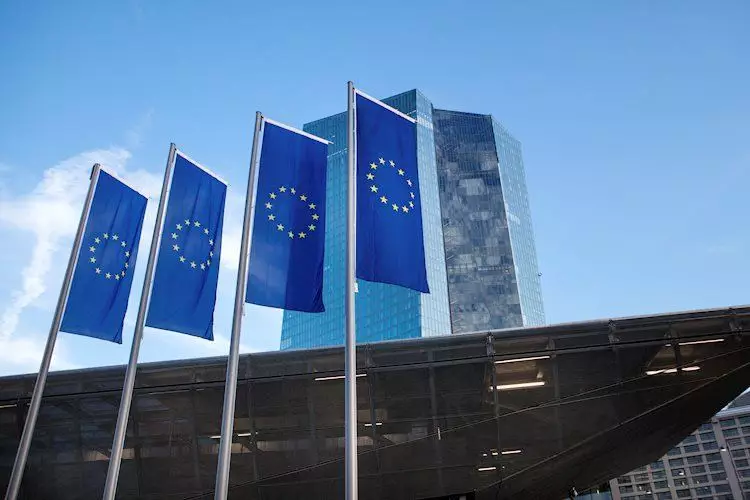Recent comments from Luis de Guindos, the Vice President of the European Central Bank (ECB), highlight the ongoing struggle with inflation within the Eurozone. While he acknowledged that significant strides have been made in curbing inflation, he emphasized that declaring victory at this juncture would be premature. The ECB’s primary goal is to maintain price stability, ideally keeping inflation around the target rate of 2%. Despite some progress, the central bank remains cautious due to a range of economic uncertainties that could impact future conditions.
De Guindos pointed out that while domestic inflation figures are showing signs of moderation, they are still elevated. This situation creates a complex backdrop for economic growth, as the associated risks are notably tilted towards the downside. With inflation continuing to be a prevailing issue, the ECB must tread carefully in setting its monetary policies. The balance between stimulating growth and controlling inflation is delicate, especially when external factors—such as geopolitical tensions and global economic fluctuations—further complicate the outlook.
The ECB is tasked with the responsibility of molding monetary policy across the Eurozone. This includes setting interest rates, which serve as a lever for regulating the economy. High interest rates typically lend strength to the Euro, while lower rates may reflect economic hardship. The Governing Council of the ECB, comprising heads of national banks from member states and six permanent members including President Christine Lagarde, convenes eight times a year to deliberate on crucial economic decisions.
In scenarios where traditional monetary policy tools are insufficient, such as during economic downturns, the ECB may resort to Quantitative Easing (QE). This unconventional approach involves the bank creating new Euros to purchase assets like government bonds, injecting liquidity into the financial system. While QE aims to stimulate economic activity, it concurrently weakens the Euro—a trade-off policymakers must consider.
Transitioning from Quantitative Easing to Tightening
As the economy begins to show signs of recovery from crises, a different strategy known as Quantitative Tightening (QT) becomes relevant. Unlike QE, QT entails halting bond purchases and refraining from reinvesting the proceeds from maturing bonds. This approach is intended to gradually normalize the monetary environment and exert upward pressure on the Euro, contributing positively to long-term economic stability.
Given the current economic landscape, the ECB’s approach must remain adaptable. By carefully navigating between stimulating the economy through traditional rate adjustments and utilizing non-standard measures like QE and QT, the ECB aims to foster a stable economic environment. However, the path forward is fraught with challenges that require vigilant observation and responsive strategies to ensure sustained progress toward achieving the long-term goal of price stability.

